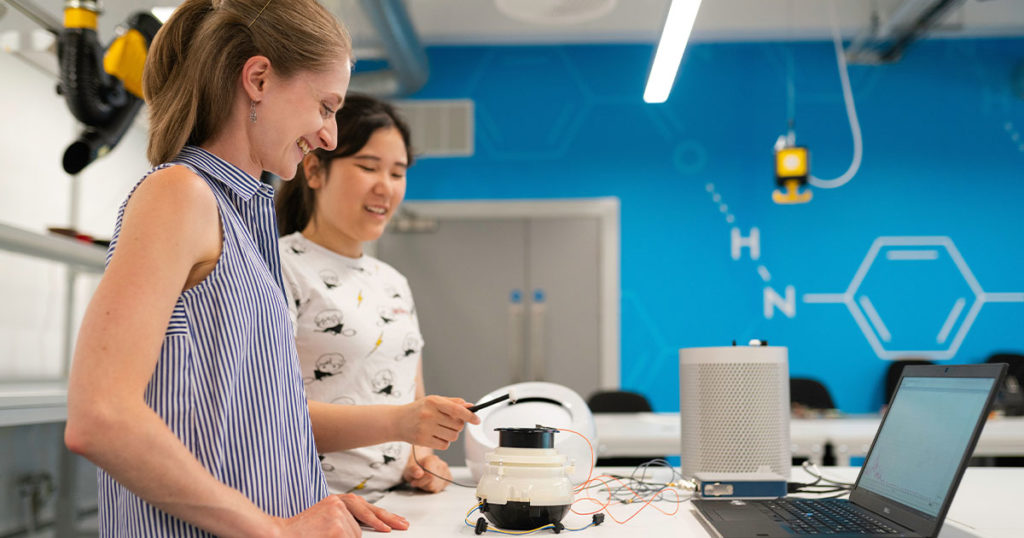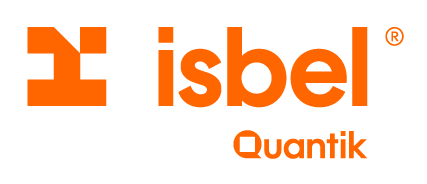The term Internet of Things or IoT is being heard more and more frequently. This is because it is a rapidly growing technology. In fact, it is estimated that there are already more than 12 billion active IoT devices in the world and it is expected to grow by 22% per year, which will double the total number of IoT devices within the next four years.
What does the term refer to, where does it apply and how does it change our lives?

What is the Internet of Things?
According to the consultancy Gartner, the internet of things or IoT is defined as: "The network of physical objects that contain integrated technology to communicate and sense or interact with their internal states or the external environment". The International Telecommunication Union (ITU) offers a more formal definition: IoT is an "infrastructure for the information society that enables the delivery of advanced services by interconnecting objects (physical and virtual) through the interoperability of present and future information and communication technologies".
In other words, it is a technology in full development, whose paradigm is to connect physical objects to internet platforms, to control, measure, manage and act remotely and automatically on any element. Moreover, it allows actions and decisions on individual elements to be taken considering the current and real state of the environment, obtained from the information provided by the devices connected to the network.
What is the status of the internet of things in Uruguay?
A first approach to the subject can be found in the report on the telecommunications market by the Communications Services Regulatory Unit (Ursec). The document shows the growth of machine-to-machine (M2M) services, corresponding to services that allow the connectivity of machines (cars, smart meters, electronic meters, alarm systems, among others) that are connected through the cellular network.
According to Ursec's report, the growth in recent years is remarkable. In just one semester, M2M services increased by 42% (December 2020 vs. June 2021). In three years (June 2018 to June 2021), the number of services increased sevenfold, reaching a total of more than 750,000 services by the middle of last year.
Where do IoT technologies work?
IoT technologies are being applied in cities (smart cities), businesses (smart enterprises), the countryside (smart farms), industries (industry 4.0), homes (smart homes), people (smart citizens) and even pets. In any of these areas, four types of applications stand out: those associated with sustainability, tracking, security, and monitoring and control.
Sustainability
Using IoT technologies, we can monitor gauging, measure air quality, manage lighting and other activities related to the sustainability of cities, businesses, buildings and homes.
Follow-up
For some time now, solutions of this type have been common for tracking vehicle fleets. However, the tracking concept can also be applied to animals (very useful for the agricultural sector, for example, to track livestock), to patients in hospitals or to portable equipment in companies, hotels or hospitals.
Security
If we think of IoT applications in the field of security, we find video surveillance, with automatic detection and alert of risk situations, automated access control to restricted places (e.g. VIP areas within hotels or restricted sites within companies or hospitals), among others.
Remote monitoring and control
Finally, the possibility of monitoring and controlling machines and devices remotely and automatically has countless uses. From personal medical devices, associated with telemedicine services, to the automatic control of crop irrigation based on environmental variables and the state of the soil, to industrial control solutions, remote consumption measurement (of electricity or water, for example) and home automation (such as intelligent lighting, temperature control or remote response from the mobile phone when the doorbell rings, among many other possibilities).
More:
See Telemundo report based on the article.
By:
José Joskowicz, Principal Engineer.
José holds a degree in Telecommunications Engineering from the University of the Republic (Udelar) and a PhD in Telematics Engineering from the University of Vigo, Spain. He is an internationally certified Project Management Professional (PMP) awarded by the Project Management Institute (PMI). He is Associate Professor (grade 4) at the Faculty of Engineering of Udelar, lecturer at the University of Montevideo and member of the National System of Researchers.



